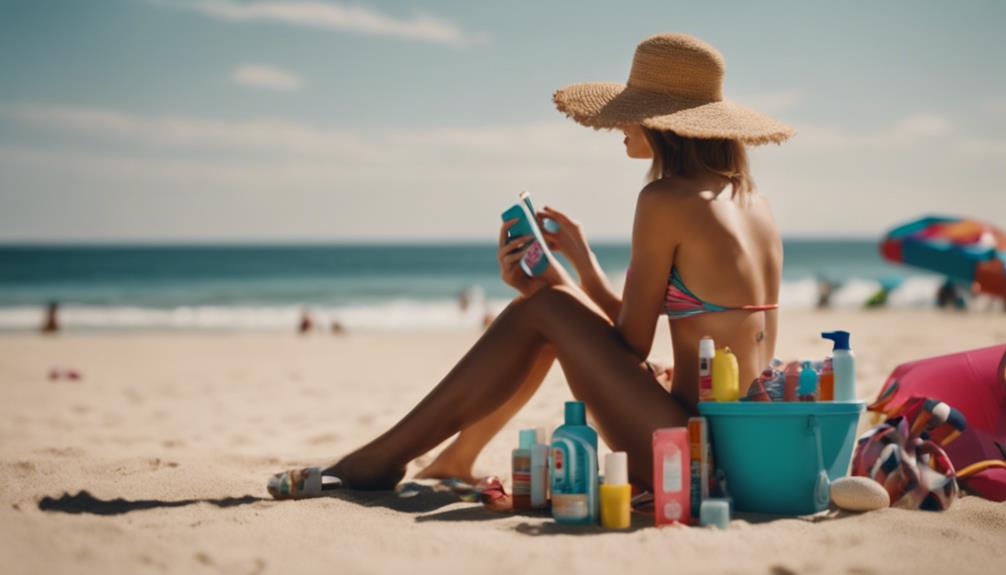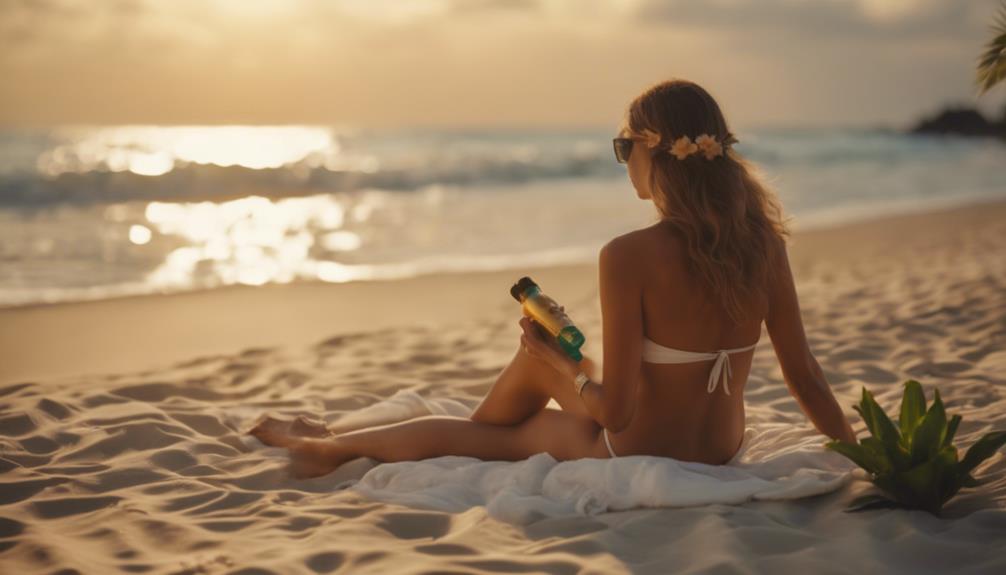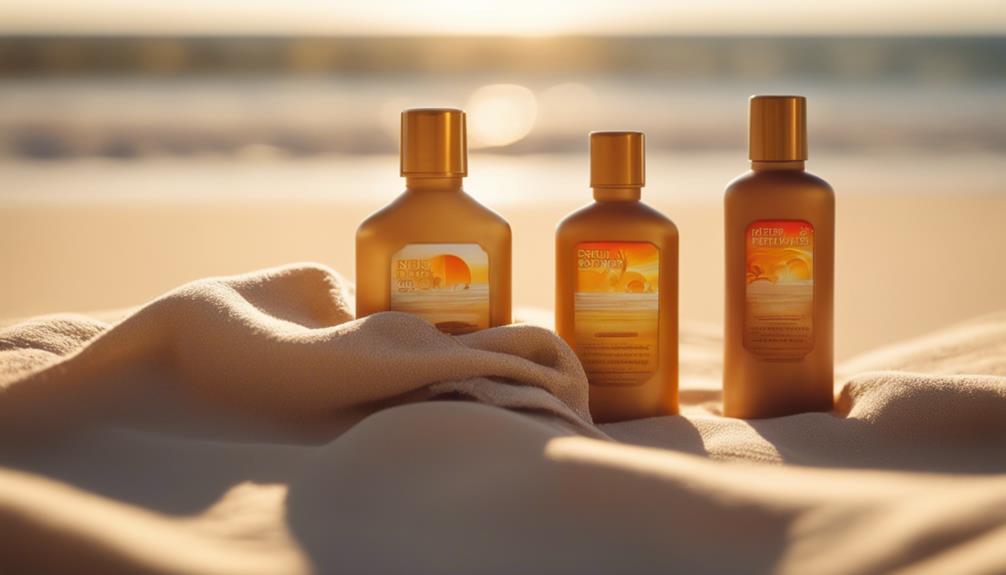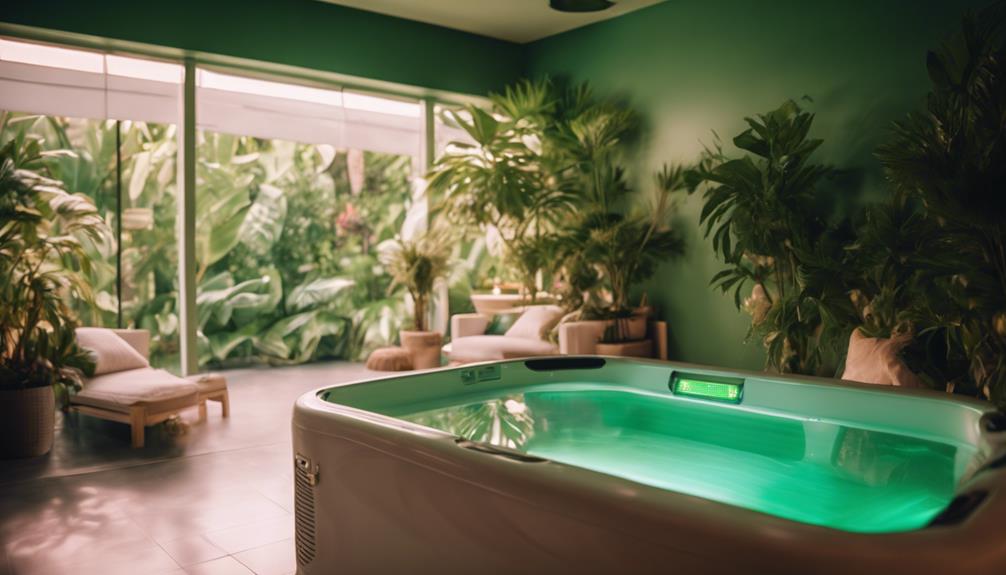Say no to tanning salon risks! Tanning beds might offer a great tan, but they come with serious health hazards, such as an increased risk of skin cancer and premature aging. It’s best to consider safer alternatives, like self-tanners or airbrush tans. Just like fire, UV rays can be harmful if not used carefully. If you’ve ever wanted a tan, think about your skin’s long-term health instead! It’s crucial to monitor your skin and opt for safer options. Interested in protecting your skin while achieving a sun-kissed glow? Keep reading!
Key Takeaways
- Tanning beds significantly increase the risk of skin cancer, especially for individuals under 20.
- Consider safer alternatives like self-tanners and airbrush tanning to achieve a bronzed look without harmful UV exposure.
- Regularly monitor your skin for any new or changing moles to catch potential issues early.
- Maintain a record of tanning sessions to track UV exposure and prevent overexposure risks.
Health Risks of Tanning Beds
Tanning beds greatly increase your risk of skin cancer, including melanoma, basal cell carcinoma, and squamous cell carcinoma. You might think that getting a quick tan in a bed is harmless, but it's like playing with fire!
The intense UV rays can damage your skin and make it age faster, leading to wrinkles and saggy skin. If you're under 20, the risk is even higher—think of it as a ticking time bomb for your skin!
Plus, some people get so hooked on tanning that they forget about their health. It's like trying to catch the sun in a bottle, but you end up getting burned!
Safe Alternatives for Tanning

Instead of risking your skin with tanning beds, consider safer alternatives that give you a beautiful glow without harmful UV exposure.
You don't have to sacrifice your skin's health for a sun-kissed look! Here are some fun options you can try:
- Self-tanners: They come in lotions and sprays, making it easy to get that golden hue.
- Airbrush tanning: A pro can give you a flawless finish in minutes!
- Gradual tanning moisturizers: These are perfect for a subtle glow that builds over time.
- Bronzers: A quick dusting can give you that bronzed look without any commitment.
Your skin will thank you!
Regulations for Tanning Salons

Several regulations are in place to secure tanning salons operate safely and minimize health risks for clients.
For starters, age restrictions help keep minors away from tanning beds, which is super important since young skin is more vulnerable.
Plus, salons must follow FDA guidelines to guarantee their equipment is safe and properly maintained.
You'll also find that clients need to sign informed consent forms, acknowledging the risks of indoor tanning. This means you can't just walk in without knowing what you're getting into!
Regular cleaning of tanning beds is essential too, preventing pesky bacteria from causing skin infections.
Essential Pre-Tanning Care

Before you hit the tanning bed, it's important to prepare your skin properly to minimize risks and enhance your glow. Think of your skin as a canvas; you wouldn't paint on a dirty surface, right?
Here are some must-do steps:
- Exfoliate to remove dead skin cells.
- Moisturize to keep your skin hydrated.
- Remove hair for an even tan.
- Assess your skin for any issues or sensitivities.
Important Post-Tanning Practices

After tanning, taking care of your skin is just as important as the preparation you did beforehand. It's like watering a plant after you've given it sunlight! Here are some key post-tanning practices you should follow:
| Practice | Why It's Important | Tips |
|---|---|---|
| Moisturize Immediately | Keeps your skin hydrated | Use a gentle lotion or aloe vera |
| Stay Hydrated | Flushes out toxins | Drink plenty of water |
| Avoid Hot Showers | Prevents irritation | Opt for lukewarm water instead |
Monitoring Skin Health
Monitoring your skin health is essential to catch any changes early and guarantee you're taking care of your skin properly. Think of your skin as your body's superhero cape; it protects you, and you need to keep it in top shape!
Here are some tips to help you stay on top of your skin game:
- Check for new or changing moles regularly.
- Keep a record of your tanning sessions.
- Stay aware of any unusual skin reactions.
- Stay hydrated, as this helps keep your skin looking fresh.
Understanding Tanning Addiction
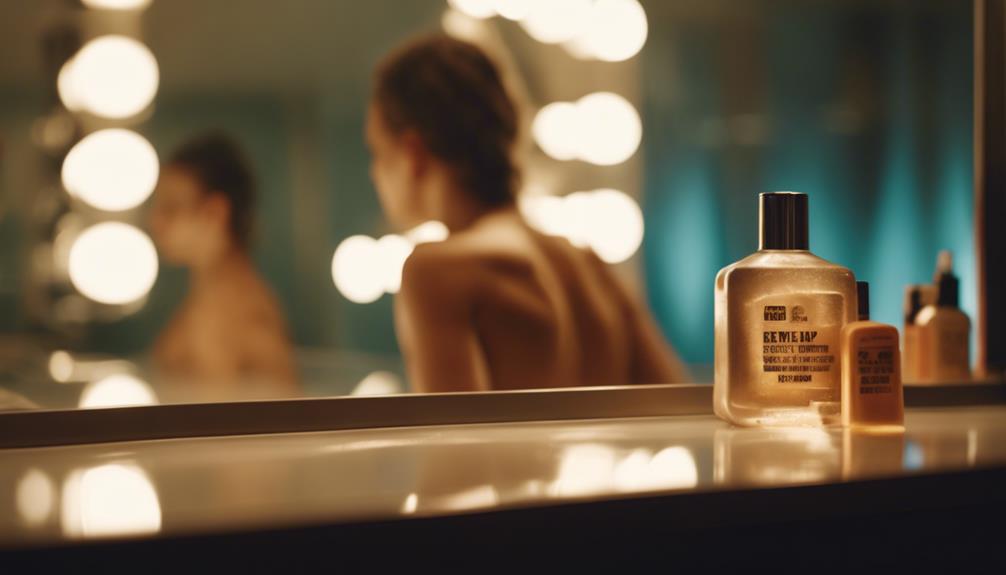
Recognizing tanning addiction is crucial, as it can lead to dangerous overexposure and serious health complications. You might think, “I just want a nice tan,” but it's easy to slip into a habit that's not so healthy.
Just like eating too many cookies can make you feel sick, too much tanning can seriously harm your skin. You may find yourself craving that sun-kissed glow, but remember, that craving can turn into an obsession.
Have you ever noticed how hard it's to stop doing something once you start? Instead of reaching for tanning beds, why not try safer alternatives like self-tanners? They'll give you that glow without the risks!
Frequently Asked Questions
How Do I Choose the Best Self-Tanner for My Skin Type?
To choose the best self-tanner for your skin type, consider your undertones—warm or cool. Test products on a small area, check for hydrating ingredients, and opt for a shade that complements your natural skin tone.
Can I Still Get Vitamin D Without Tanning Beds?
Yes, you can still get vitamin D without tanning beds. Focus on consuming vitamin D-rich foods, like fatty fish and fortified products, or consider supplements. Regular outdoor sun exposure for short periods also helps boost your levels.
What Are the Signs of Tanning Addiction?
You might love the glow from tanning, but signs of addiction include compulsively tanning, feeling anxious without it, or prioritizing tanning over important activities. Recognizing these signs is essential for maintaining a healthy relationship with your skin.
How Often Should I Exfoliate Before Self-Tanning?
You should exfoliate your skin 24 hours before self-tanning to remove dead cells. This helps achieve an even application. Avoid harsh scrubs; instead, use gentle exfoliants for the best results and smoother, longer-lasting tan.
Are There Any Natural Remedies for Sunburn Relief?
If you're feeling the burn, try applying aloe vera or cool compresses to soothe your skin. Oatmeal baths can help too, and drinking plenty of water keeps you hydrated while your skin heals.
What are the risks of using tanning salons that I should be aware of?
Tanning disappointments decoded: Using tanning salons comes with risks such as skin damage, premature aging, and increased risk of skin cancer. UV radiation can be harmful, leading to sunburns and an uneven tan. It’s important to be aware of these risks and take necessary precautions when using tanning beds.
Conclusion
So, next time you think about stepping into a tanning bed, remember: it's like playing with fire in a room full of fireworks!
You want that gorgeous glow, but there are safer ways to achieve it without risking your skin's health.
By choosing sunless tanning options and following smart skin care practices, you can shine bright like a star without the scary side effects.
Embrace your natural beauty and make choices that keep your skin happy and healthy!
